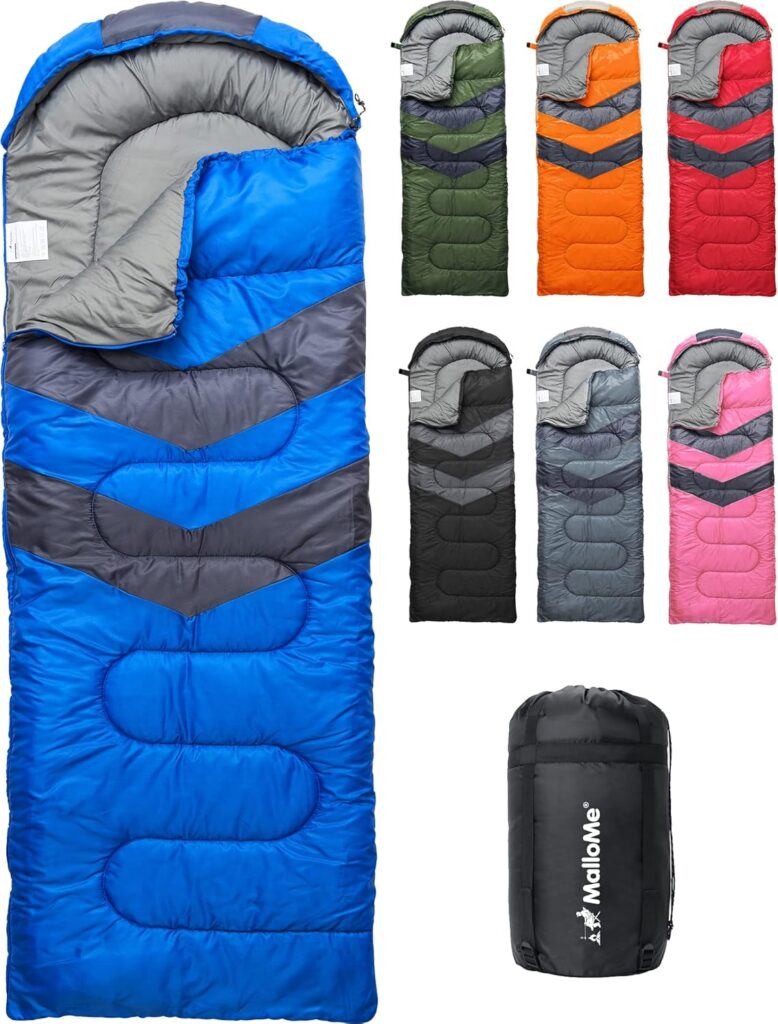
A good night’s sleep is paramount for any outdoor adventure. A sleeping bag is more than just a piece of gear; it’s your personal sanctuary against the elements. Let’s delve into the world of sleeping bags, exploring their benefits, types, and how to choose the perfect one for your needs.
The Importance of a Quality Sleeping Bag
A high-quality sleeping bag offers several advantages:
- Thermal Regulation: A well-chosen sleeping bag maintains optimal temperature, preventing both overheating and hypothermia.
- Comfort: A soft, insulated sleeping bag provides a cozy and restful sleep, essential for recharging after a day of outdoor activities.
- Protection: It shields you from the cold ground, insects, and other elements, ensuring a peaceful night’s sleep.
- Portability: Modern sleeping bags are designed to compress into compact packages, making them easy to carry on your adventures.
Understanding Sleeping Bag Types
The choice of sleeping bag depends on various factors, including the climate, activity level, and personal preference.
- Mummy: This tapered shape offers maximum warmth by reducing dead air spaces. Ideal for colder conditions, backpacking, and mountaineering.
- Rectangular: Provides more space and freedom of movement but is generally less warm than a mummy bag. Suitable for car camping or milder climates.
- Double: Designed for couples or those who prefer extra room. Offers less warmth efficiency compared to single-person bags.
- Travel: Compact and lightweight, these bags are perfect for short trips or hostel stays.
Key Factors to Consider
- Temperature Rating: This indicates the lowest temperature at which the bag will keep you warm. Choose a rating suitable for the coldest expected conditions.
- Fill Type: Down is lightweight and highly compressible, offering excellent warmth-to-weight ratio. Synthetic fill is less compressible but retains warmth when wet.
- Loft: The amount of fill in the bag determines its insulation level. Higher loft equals greater warmth.
- Construction: Features like draft tubes, baffle construction, and heat collars enhance a sleeping bag’s performance.
- Size and Shape: Ensure the bag fits your body type and sleeping position for optimal comfort.
Care and Maintenance
Proper care extends the life of your sleeping bag. Follow the manufacturer’s instructions for washing and drying. Store it in a breathable bag when not in use. Avoid storing it compressed for extended periods.
By understanding the different types of sleeping bags and considering your specific needs, you can select the perfect companion for your outdoor adventures. A good night’s sleep is essential for enjoying the great outdoors to the fullest.














